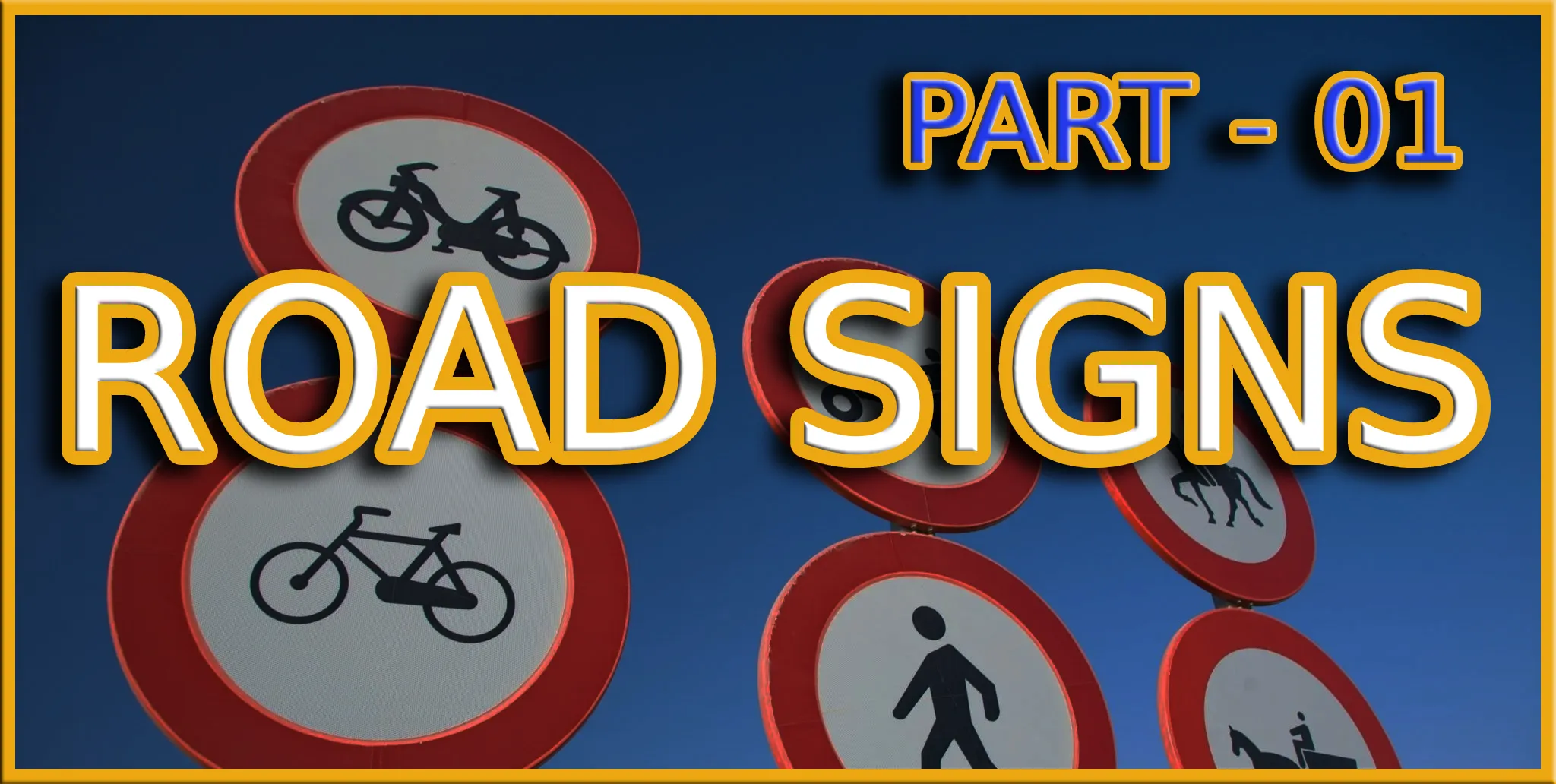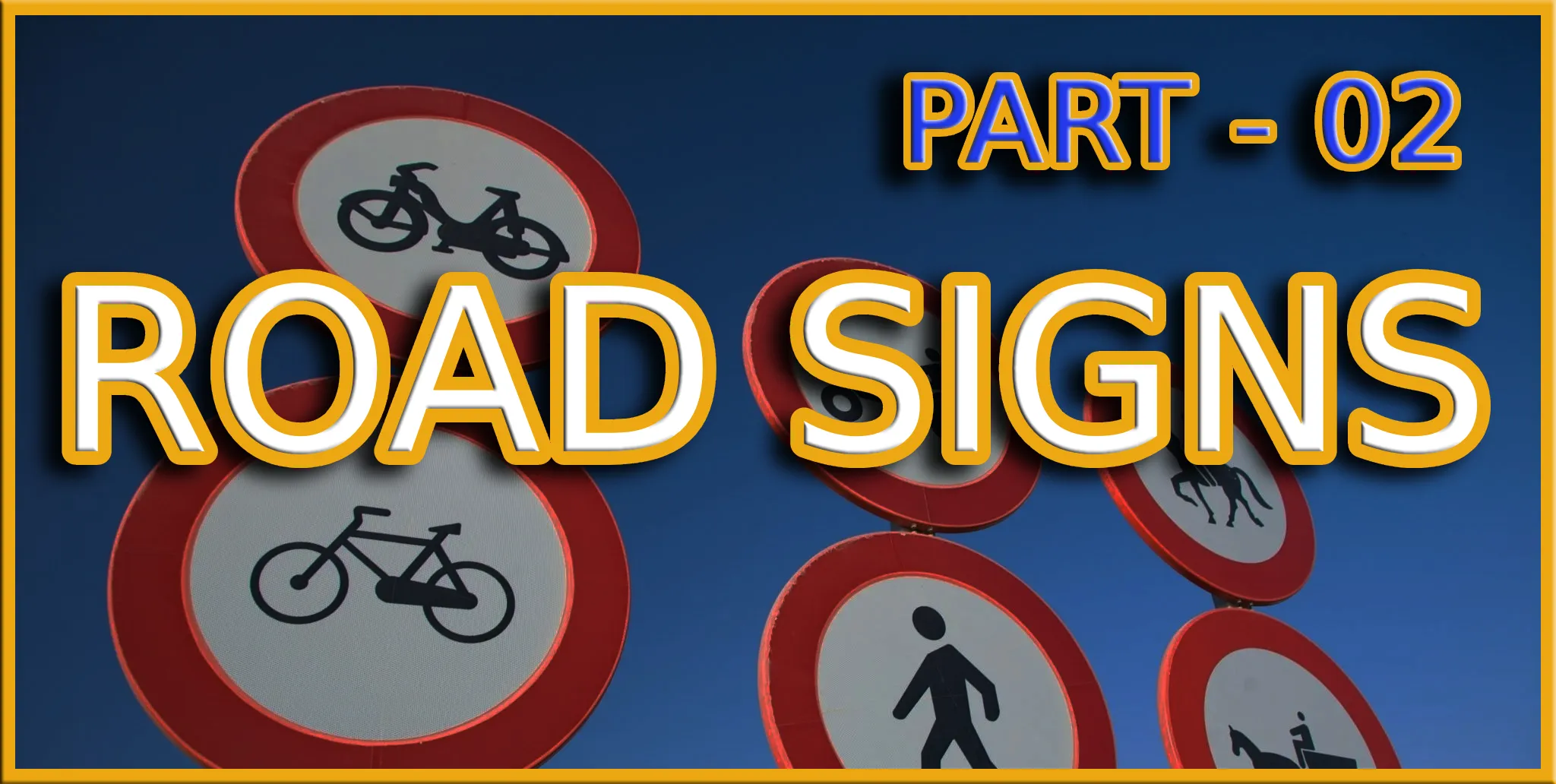Divided Highway Ends Sign

What Does Divided Highway Ends Sign Mean?
A “Divided Highway Ends” sign is a warning traffic sign designed to alert drivers that the divided highway ahead will transition into an undivided roadway.
Characteristics:
- Shape: Typically diamond-shaped with a yellow background and black border.
- Symbol: Two opposing black arrows, one pointing up and the other pointing down, with a broken divider line between them.
- Placement: Positioned on the right side of the road before the end of the divided highway section.
Purpose:
- To warn drivers that the median or physical barrier separating opposing traffic lanes will end.
- To encourage drivers to be cautious and prepare for two-way traffic without a central divider.
- To enhance overall safety by promoting awareness and reducing the risk of head-on collisions.
Remember:
- This sign indicates that you should be prepared for the end of the divided highway and the beginning of an undivided road.
- Adjust your driving and stay alert for oncoming traffic once the road becomes undivided.
- Be cautious and maintain proper lane discipline to ensure safety for yourself and other drivers.








